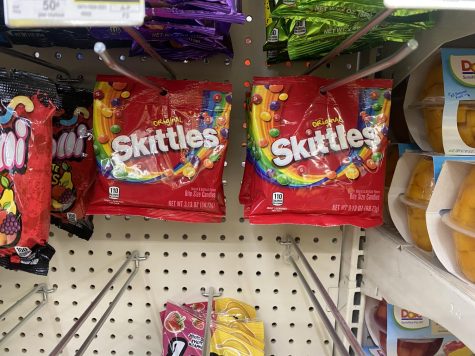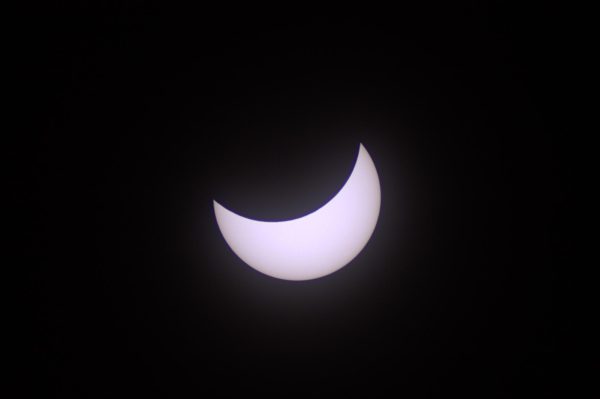Skittles are Bad?
September 6, 2022

Skittles are bad? It may seem impossible to some. Skittles, the candy many people know and love, can be found sitting on a shelf at every grocery, convenience store, and gas station. But it has been brought to light by a recent lawsuit that Skittles may not be all rainbows and smiles. Lately, they might be better described as cancer and inflamed intestinal cells.
Last month William Mignin filed a lawsuit against the Mars manufacturing company claiming that there is a harmful toxin, titanium dioxide, inside each of the beloved rainbow candies. This is not the first time this has been brought up. In 2014, after it was brought up that Skittles contains titanium dioxide, the Mars manufacturing company announced in 2016 that they would be removing the damaging ingredient. It has not happened as this is still an issue eight years later.
Titanium dioxide is naturally occurring and according to the New York Times, it causes intestinal inflammation, increased risk of cancer, and damage to the immune system.
Banned in Europe, titanium dioxide can be found in a number of products: chewing gums, baked goods, sandwich spreads, salad dressings, cottage cheese, ice cream, and coffee creamers. It can be harmless when consumed in small amounts. However, when breathed in, it is most certainly carcinogenic according to poison.org.
Titanium dioxide was prohibited in all of the European Union as of August 2022. Will the Mars company put warnings on Skittles packaging or take out titanium dioxide as a whole? The end result of this ongoing situation may change the ingredients, and reputation of Skittles.
